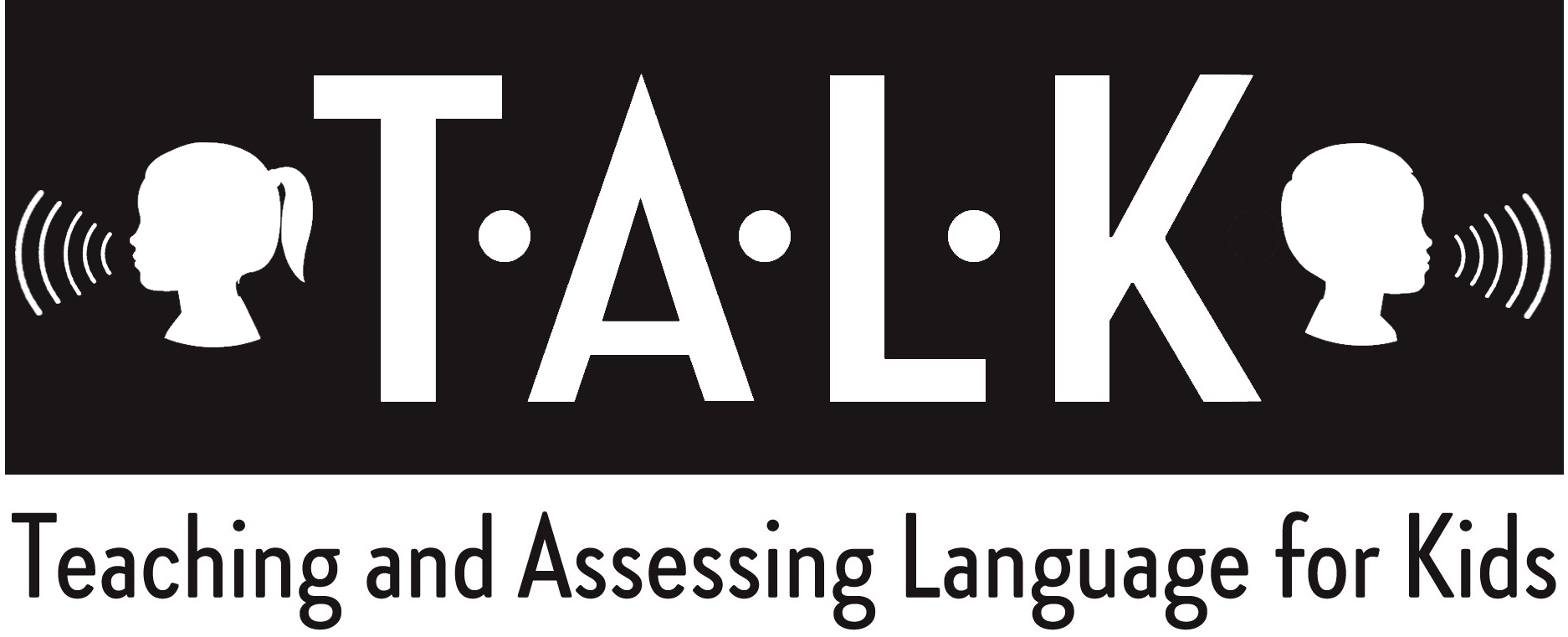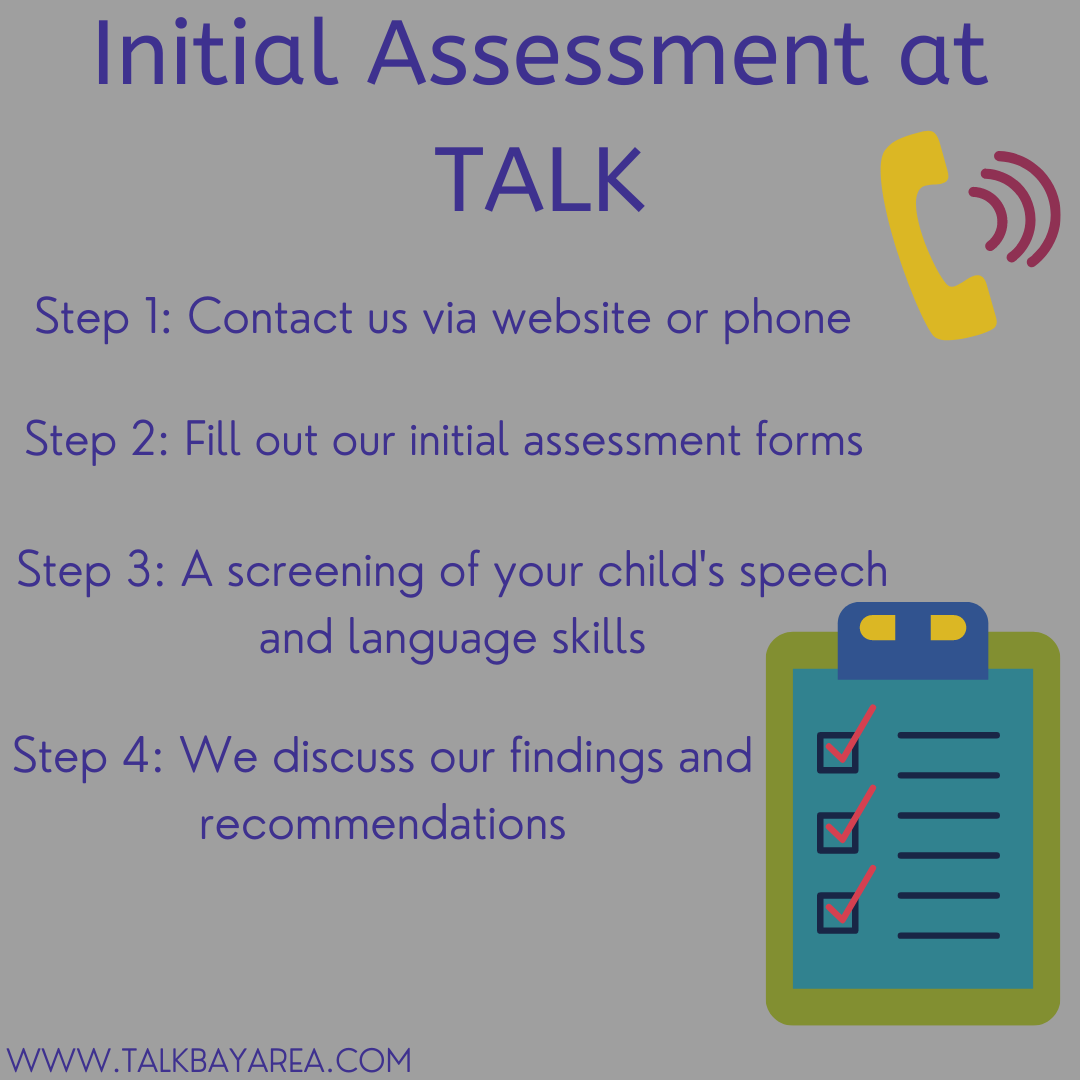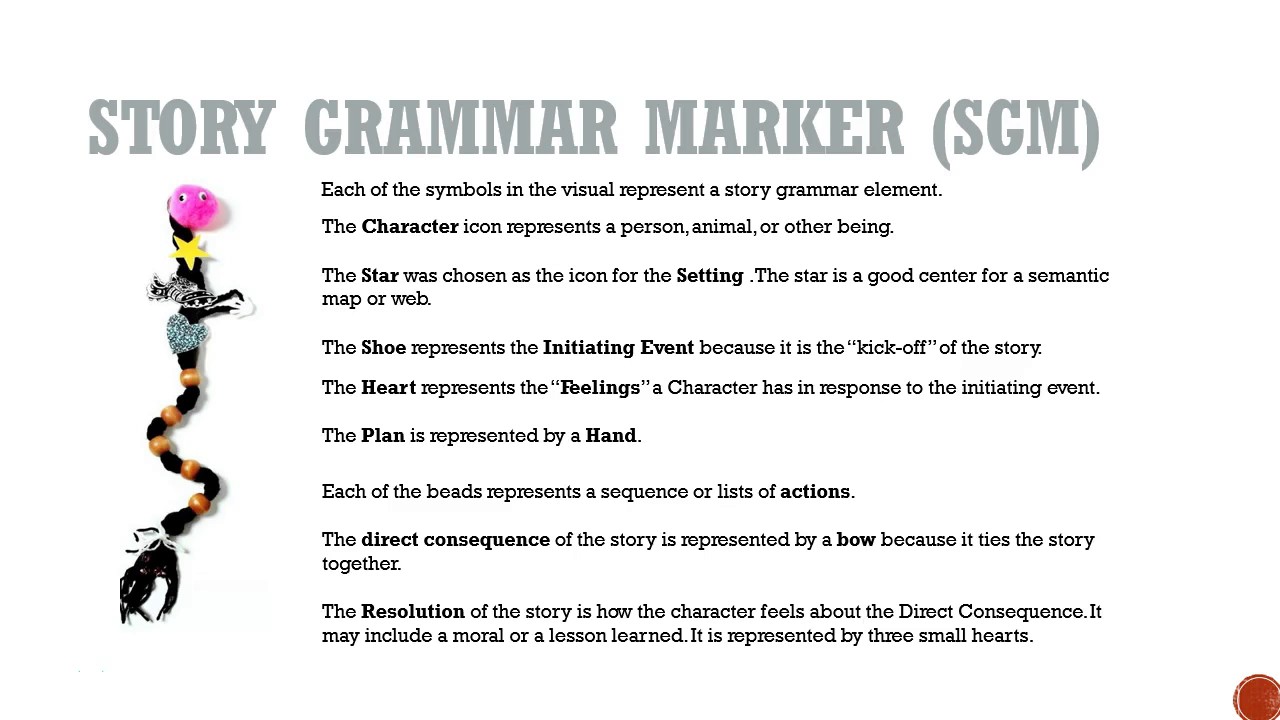We expect three to four year olds to achieve many speech, language, and communication milestones. Here is a condensed list of what preschoolers should be demonstrating mastery in the following areas: receptive language, expressive language, articulation, social communication, literacy & phonological awareness.
Receptive Language
Follows three to four-step directions (e.g., put your dinosaur under the small table)
Listens to two to seven-line story and answers concrete (who, what, where) and abstract (when, why, how) questions
Understands pronouns (e.g., he, she, they)
Understands spatial concepts (e.g., in, on, in front of, behind)
Expressive Language
Has a vocabulary of about 1500 words
Uses three to six words sentences
Uses regular plural -s (e.g., papers), present progressive -ing (e.g., walking), third person singular (e.g., drinks), regular past tense (e.g., walked), irregular past tense (e.g., drove), and possessive’s (e.g., mommy’s)
Produces antonyms and synonyms and completes concrete convergent and divergent naming tasks
Articulation
The following sounds should produced accurately: p, b, m, n, t, d, h, k, g, w, ng, f, y, l, j, ch, s, z, v, sh
The following phonological processes should no longer be heard: weak syllable deletion (e.g., banana→ nana), fronting (e.g., go→do), final consonant deletion (e.g., dad→da), assimilation (e.g., jam→mam), reduplication (e.g., bottle→baba), prevocalic devoicing (e.g., sun→zun), cluster reduction (e.g., clean→kean), stopping (e.g., soup→toup), final consonant devoicing (e.g., mad→mat), and deaffrication (e.g., chip→sip)
Produces a variety of syllable shapes: consonant-vowel (e.g., ma), vowel-consonant (e.g., it), consonant-vowel-consonant (e.g, bat), etc.
Produces speech that is 90-100% intelligible
Social Communication
Engages in parallel and symbolic play
Takes turns in the conversation
Conveys emotions in pretend play
Understands simple conversation rules (e.g., turn-taking, topic maintenance, eye contact)
Literacy & Phonological Awareness
Talks about characters in a book
Retells simple stories
Begins to understand the concept of syllables, segments words into syllables, and blends syllables into words
Participates in rhyming games, isolates sounds in words (e.g., beginning, middle, and end of the word)











































